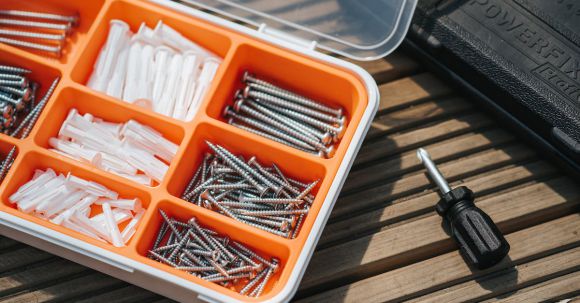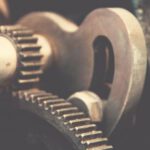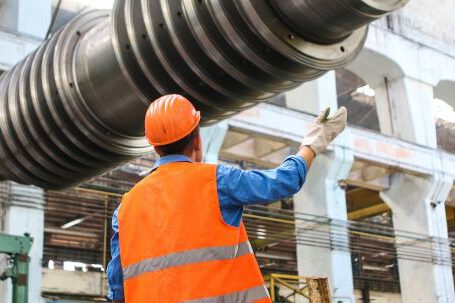The rise of 3D printing technology has revolutionized the way parts and components are created for construction equipment. The ability to customize components to meet exact specifications has enabled companies to save time and money in the production process. As the technology continues to evolve, the potential for customizing construction equipment components with 3D printing is becoming more and more evident.
Advantages of 3D Printing in Customizing Components
Customizing construction equipment components with 3D printing technology has a number of distinct advantages. One of the most significant advantages is the ability to create components that are tailored to the exact specifications of the project or application. This eliminates the need for costly modifications or retrofitting of existing components, which can be both time-consuming and expensive.
Additionally, 3D printing technology allows for complex geometries to be created, which can be impossible to achieve using traditional manufacturing methods. This can be especially beneficial when customizing components for construction equipment, as it allows for more intricate designs that can be optimized for the particular application.
Lastly, 3D printing technology can reduce the production cycle time. By using 3D printing, components can be produced quickly and with fewer steps, allowing for faster turn-around times and cost savings.
Disadvantages of 3D Printing in Customizing Components
Despite the advantages of 3D printing technology, there are also some potential drawbacks to consider. One of the main drawbacks is the higher cost of 3D printing compared to traditional manufacturing methods. This can be especially problematic for smaller companies with limited budgets.
Additionally, 3D printing technology is still relatively new, and the materials used for printing can be expensive and difficult to work with. As such, it may not be the most cost-effective option for companies that need to produce large quantities of components.
Lastly, 3D printing may not be suitable for all types of components. Depending on the material, complexity, and size of the part, 3D printing may not be the best option.
Conclusion
3D printing technology has revolutionized the way components are created for construction equipment. It has enabled companies to customize components to meet exact specifications, create complex geometries, and reduce production cycle times. However, 3D printing can be expensive and may not be suitable for all types of components. It is important for companies to consider the advantages and disadvantages of 3D printing when deciding whether or not to use it for customizing components.






